The ABC's of Creating New Ideas

As we have suggested in our post titled Creativity is King it is important to use the competencies of seeing and collaborating to explore creative possibilities. Once your creative possibilities are explored, the best way to inject them into your organization is to screw up the status quo by introducing a new idea that will replace what already exists. New ideas are really just new combinations of old ideas, using the familiar to create the unexpected.
To develop these new combinations, you need to create new relationships and linkages between familiar ideas. Then you need to apply these new combinations into an “aha” solution that then can be prototyped, tested and developed.
In short, there is a basic “ABC” flow to creating new ideas and solutions…
A. Uncover the critical question to be answered and gather information, ideas and input from many sources.
Example: Torani Syrups was once a small San Francisco company making wonderful liqueurs and syrups that delighted its customers in the North Beach Italian neighborhood. However, it recognized the potential to expand beyond its existing flavored cordial business and asked itself, “How to extend our quality product and create a bigger and more exciting future for our employees, families and customers?” The son of the founder began looking for ideas. Originally, he was just looking for ways to expand his flavored cordial business. But then he began to open his lens of thinking by seeking new ideas from others and searching for a new leader who could set the company on a radically new course.
B. Seek out and discover new relationships and connections and play with creating new combinations and patterns.
Example: Torani selected its new leader, a recent graduate from Stanford Business School, who worked with the family owners to seek out new ideas, talking with customers and employees. A longtime company salesman noticed that a few coffee shop owners were adding Torani syrups to sweeten their lattes and shared this with the leadership team. They began experimenting with different combinations of syrup and coffee (another example of combining familiar products in a new way, in a new setting). They also experimented with new scenarios for expanding into a totally new and undeveloped market.
C. Capture the “aha” intuitive insight that enables you to leap to a new combination solution and then make it real by prototyping and developing it.
Example: Recognizing a major sea change happening in the expansion of coffee shops and cafes across the country, Torani’s new leader and family owners developed an “aha” vision and strategy for riding this new zeitgeist wave to accelerate their business. With a sense of urgency, they began experimenting with different prototype approaches to selling into the emerging café and coffee shop market and developing new products, packaging and marketing. Making a few mistakes along the way, the team harvested the learnings and redesigned their approaches. Torani soon became the first and best mover in the flavored coffee category. As a result of this creative leap (and many more since), Torani is a thriving, much admired company that has grown over a hundred times its original size and is considered an innovation leader in its market.
This ABC pattern of creativity is one that has been explored, proven and expressed by many experts on creativity. And although the experts articulate these steps differently, the basic pattern remains the same. The big difference in creative output lies with you and your ability to stay open, curious, observant and ready with a mastery of skills and creative tools to seize the new ideas that will emerge from the ABC flow.
Be prepared for surprises and “happy accidents” when you open the creativity of your enterprise. And always remember (to paraphrase the wisdom of Mick Jagger)—you can’t always get what you want, but if you try, sometimes you get what you need.
